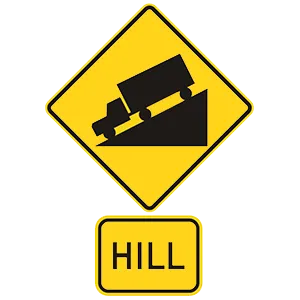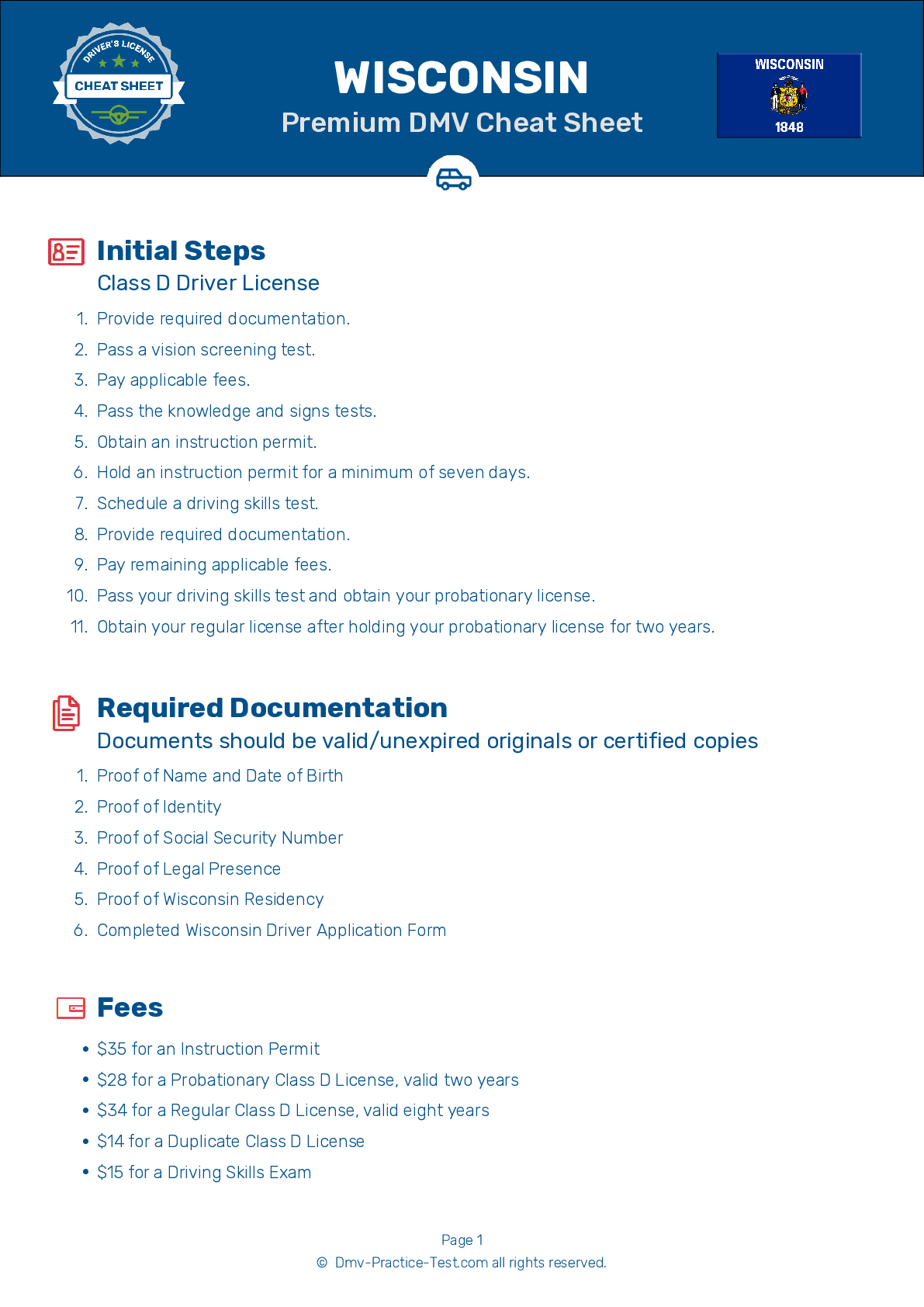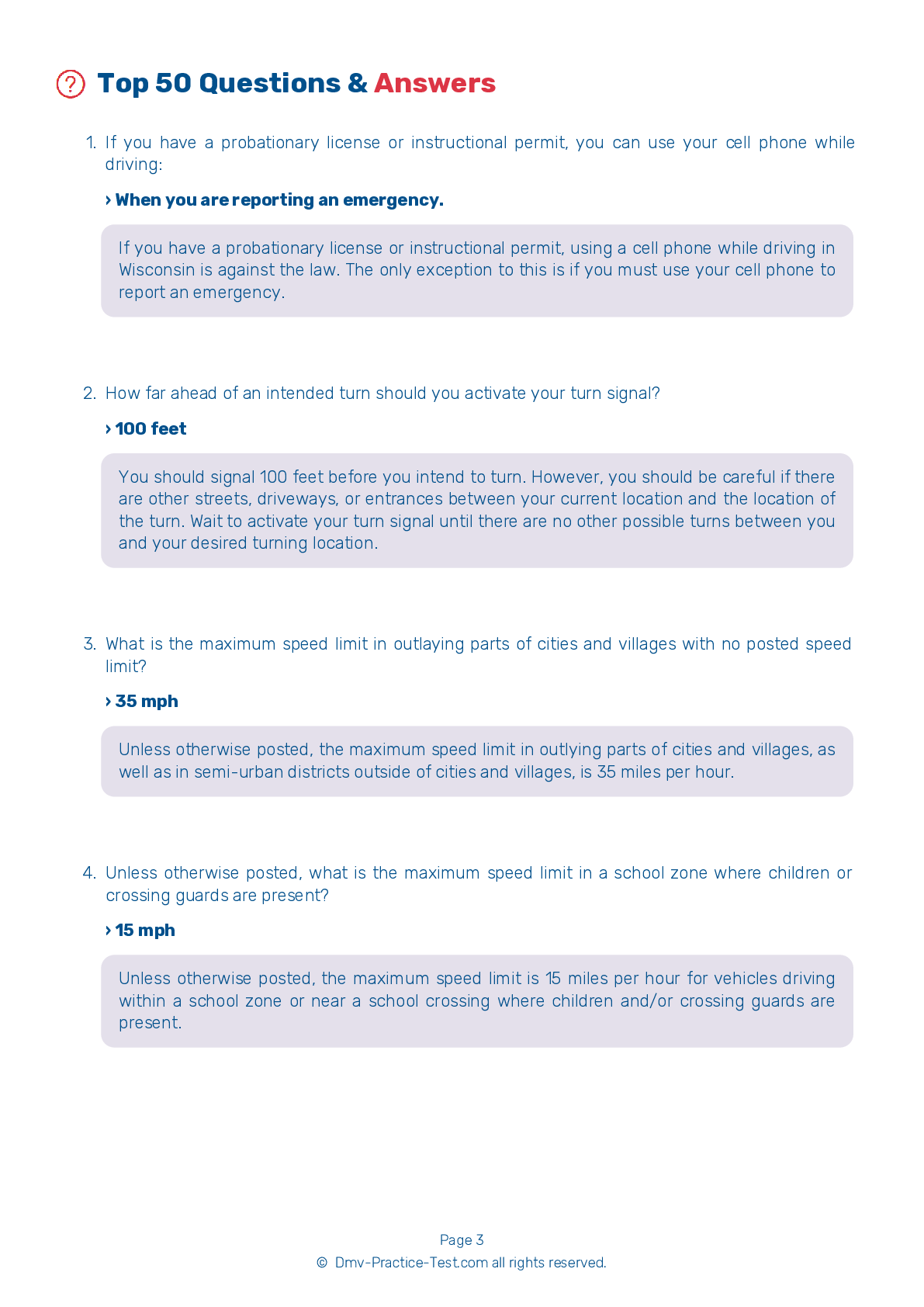FREE Wisconsin DMV Practice Test #10 Page 7 of 7
The Wisconsin DMV practise examinations have been updated for January 2025. It includes questions based on the Wisconsin Driver Handbook's most significant traffic signals and legislation for 2025. Use actual questions that are very similar (often identical!) to the DMV driving permit test and driver's licence exam to study for the DMV driving permit test and driver's licence exam.
On the practise exam, each question gets a tip and explanation to help you remember the concepts. The written component of the official Wisconsin DMV test will include questions about traffic rules, traffic signs, and driving statutes, as well as knowledge from the Driver Handbook.
To obtain a passing grade, you must correctly answer 40 of the 50 questions. Use the practise exam provided by the Wisconsin Department of Motor Vehicles to help you prepare for your instruction permit or driver's licence.
The DMV exam is available in several languages.
Using any kind of testing assistance will result in an automatic fail, and the DMV may take additional action against your driver's licence, so stay away from it.
43 . At dawn or dusk and in rain or snow, it can be hard to see and be seen. A good way to let other drivers know you are there is to turn:
You must use your headlights at any time when conditions prevent you from seeing other vehicles and when it may be difficult for other drivers to see you. Always use your low beam headlights if weather conditions require you to use your windshield wipers.
44 . If you are driving on a highway next to a single broken white line marking:
White lines separate lanes of traffic moving in the same direction. You may cross a dashed white line to pass or change lanes if it is safe to do so.
45 . It is dangerous to follow a motorcycle too closely because:
Motorcycles can stop quickly and following them too closely endangers your life and that of the motorcyclist. If the motorcyclist makes a mistake, you need to have enough time and space to avoid a crash.
46 . When you drive through an area where children are playing, you should expect them:
You should always reduce your speed and use extra caution when children are in the vicinity. They may fail to understand the danger and may run out in front of you without looking.
47 . What does this road sign mean?





